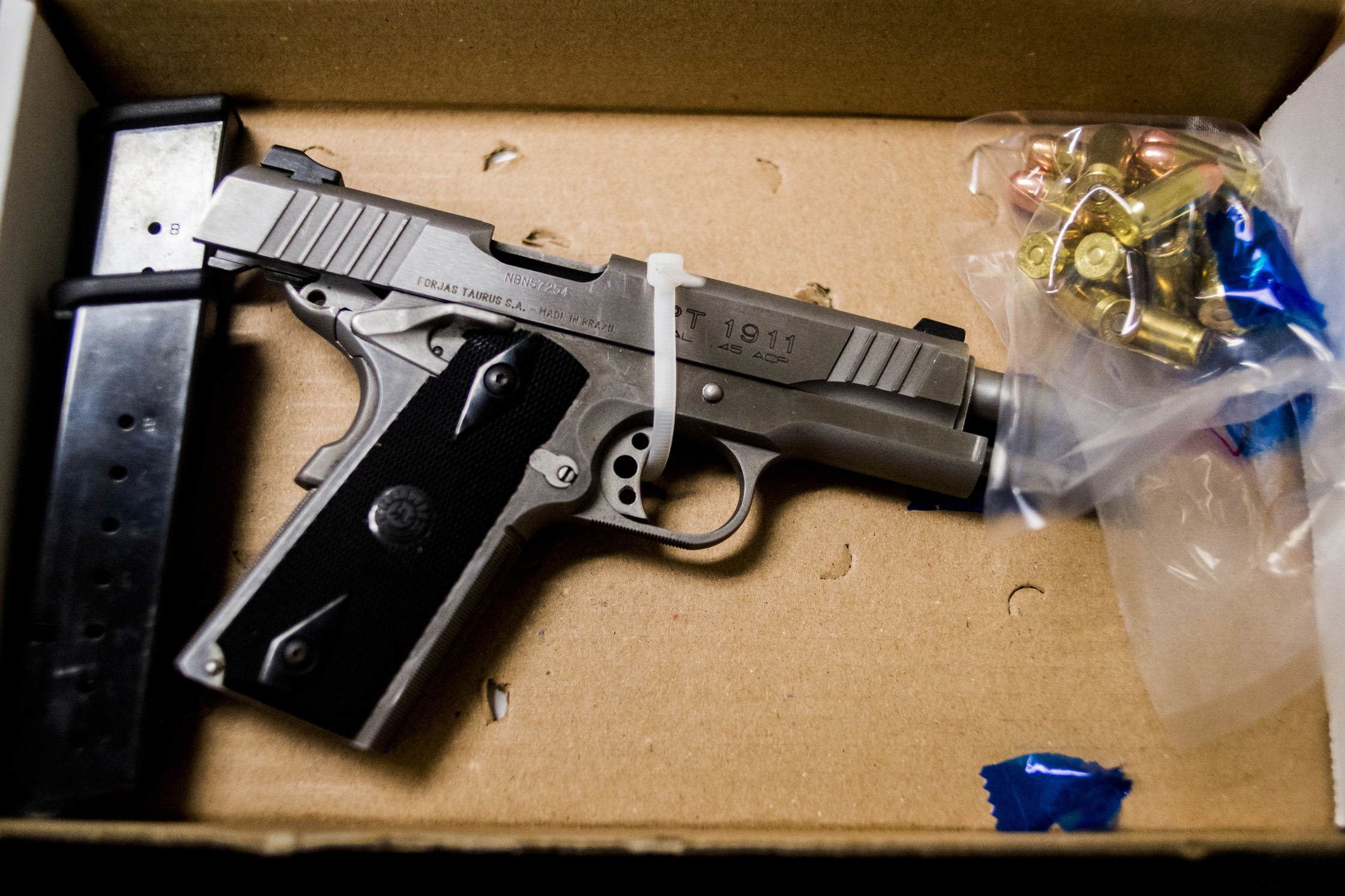What To Know Today
Underfunding, inconsistent implementation keeps red flag laws from fulfilling their promise. That’s the top line from a study of California’s version of the policy released by the UC Davis Violence Prevention Research Program. The state’s red flag provision — locally known as a gun violence restraining order — went into effect in 2016 and allows someone to petition a court to temporarily remove firearms from a person deemed a threat. This kind of violence prevention policy is a recent invention, but studies have pointed to their potential to reduce suicides and mass violence. However, interviews with 27 practitioners involved with carrying out the law in California — including judges, city and district attorneys, and law enforcement — found that funding shortfalls have hampered local efforts to proactively implement the law in any consistent way, leading to “ad hoc policies and procedures … inconsistent practices and widespread confusion among those responsible for implementation.” Other concerns: Interviewees warned that GVROs could be used disproportionately against gun owners of color, and that that same group of gun owners and their families may be less likely to seek them out in case of danger. Another concern was the potential to exacerbate class problems because the civil orders can lead to fines, which historically have a disproportionate impact on low-income people. (California recently tried to tackle this problem by erasing $543 million in justice-related fees at the state level.) Recommendations to policymakers: Overall, the researchers found that the policy was still perceived as desirable and effective, especially in reducing suicides. But they recommend that police, prosecutors, and judges receive more training on how to effectively apply the laws. For states that have not implemented red flag statutes, they recommended establishing funding for implementation and statewide procedures before rollout.
Pennsylvania high court: People can challenge city gun restrictions even if they haven’t been charged. A narrowly divided state Supreme Court ruled that gun rights supporters had standing to sue the city of Harrisburg even before violating regulations that include penalties for having guns in parks, not reporting lost and stolen firearms, and unaccompanied minors having guns outside the home. The ruling could presage a slew of suits against other city’s gun restrictions in the state. As The Trace reported, Pennsylvania is one of more than 40 states to have passed broad firearm preemption laws that have helped block locally tailored gun legislation.
An alarming picture of officer use of force against children. While the included 25 departments in 17 states represent only a fraction of the 18,000+ police agencies, data obtained by the Associated Press shows about 3,000 instances of police use of force against people under 16 in the past 11 years. Black children made up more than 50 percent of the cases, despite making up 15 percent of the child population in the United States. Drawn or used firearms was the third most common force used.
And a potentially positive sign on officer shootings declining this year. Professor Justin Nix spotted a few interesting trends in The Washington Post’s police shooting database that has tracked shootings since 2015: Through last month, there have been 85 fewer shootings in 2021 than the previous six year-average; shootings of people who were unarmed at the time are down 58 percent from their three-year average; and there was a 10-percentage-point drop in fatal shootings of people showing signs of mental illness compared to previous six-year average.
The Parkland shooter pleaded guilty to murdering 17 people. The 23-year-old also pleaded guilty to attempted murder for the 17 people he wounded in his gun rampage at Marjory Stoneman Douglas High School in 2018. Jury selection in the sentencing phase of the case will begin in January.
Data Point
236 — the number of times officers in 25 departments in 17 states over an 11-year period used or drew firearms against children under 16. Firearms were the third-most common type of force used in the 3,000 incidents studied, after body restraints (270 incidents) and bodily force (1,373 incidents). [The Associated Press]

